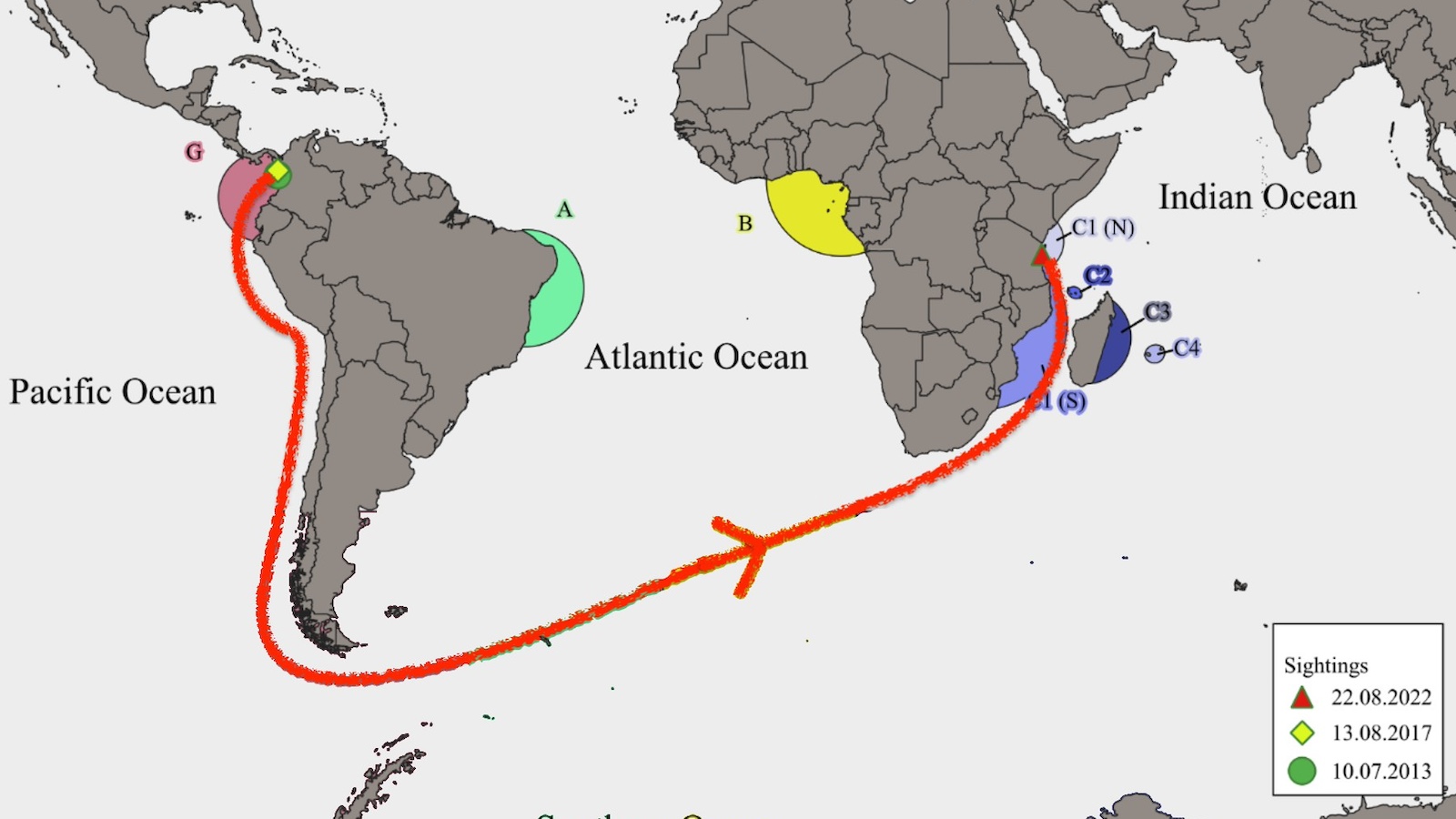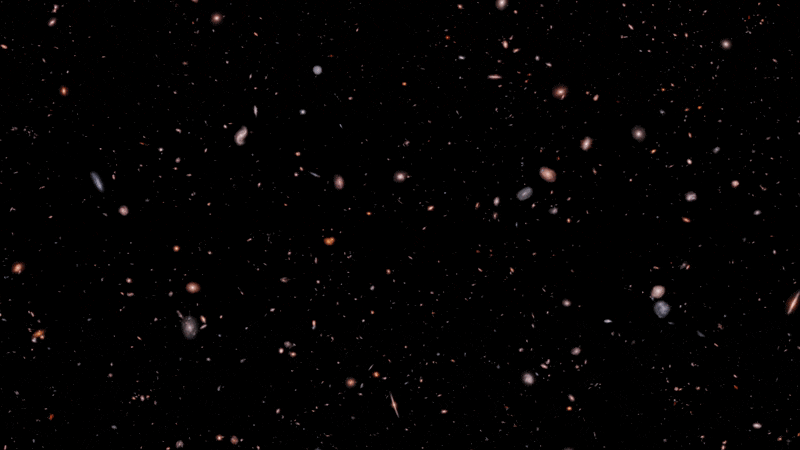Neuroscientist Joy Hirsch talks about the new frontier of brain imaging.
Joy Hirsch: None of us have crystal balls, and there may well be new technologies out there that we’re not aware of. But there are some advances that are on the horizon, and these advances, in my opinion, involve integration of known technologies more than new technologies.
There is a relatively new development that suggests, if we really understand the patterns of activity in the brain that are elicited by specific tasks - say a decision task, a language task, a problem-solving task or just a perceptual task - that one could look at those patterns and go backwards and tell an audience what was going on in the brain. This is sometimes referred to as “brain reading,” and it’s a very interesting field emerging that takes very seriously the signatures or global patterns of the brain, uses them to entrain algorithms and then to predict what the brain was doing.
The integration of structural imaging - higher and higher resolution, of course - is extremely valuable, so as our scanners become higher field strengths we can resolve higher granularity of the anatomical details, almost down to the cellular levels.
Higher field strengths also allow us to look at the connectivities of the actual nerve fibers that connect specific areas of the brain, so we’ll be able to see better pictures of the brain.
Computational techniques and faster, bigger, better computers are extraordinarily valuable in analyzing all of this data. The faster our computers are, the more sophisticated and complex our algorithms are, the better we can mine the data to interpret what we’re seeing.
Combining the high-resolution techniques with cardiovascular-based methodologies with the high-temporal resolutions of the electromagnetic-based techniques, such as EEG and MEG, provide us both dynamic temporal advantages with spatial advantages. And so the combination of these two technologies in the future, I think will add another dimension to our ability to look at structure-function questions in the brain.
Directed / Produced by
Jonathan Fowler & Elizabeth Rodd





